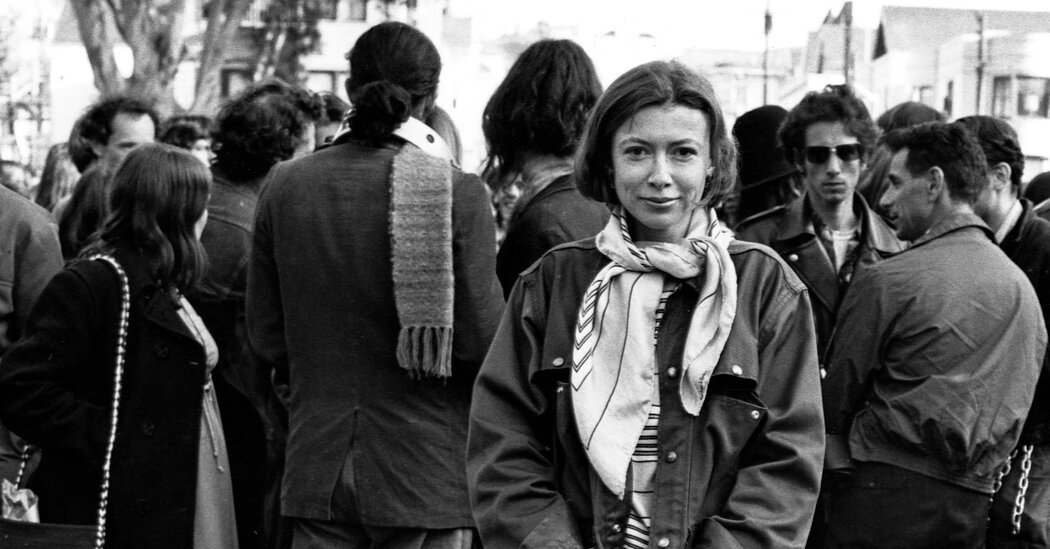The Impact of ‘The White Album’ on the Manson Murders
The Context of the Murders
On August 8, 1969, Hollywood was forever changed by a horrific event that became known as the “murder of five.” This violent act was carried out by followers of Charles Manson, who believed that the Beatles’ “The White Album” contained apocalyptic messages intended for them. This chilling interpretation served as a backdrop for many narratives surrounding the grisly crime.
Sharon Tate and the Night of the Murders
One of the most notable victims, actress Sharon Tate, was pregnant and married to filmmaker Roman Polanski at the time of her murder. She was at their residence on Cielo Drive in Los Angeles, mere miles from writer Joan Didion’s home. While Polanski was in London, Tate’s life was abruptly and tragically taken, along with four others, leading to a media frenzy filled with gruesome details and a palpable sense of horror.
Public Perception and Narratives
As the events unfolded, a narrative emerged that sought to rationalize the tragedy. Many in Hollywood claimed they had been invited to Tate’s home that fateful night but opted not to attend, unknowingly escaping a terrible fate. Didion later reflected on this surreal experience, recalling a haunting atmosphere of fear and uncertainty prevalent during that period, where “the dogs barked every night and the moon was always full.”
The Labianca Murders and a Broader Context
Just a day after the Tate murders, Manson’s cult perpetrated another horrific act – the murder of Leno and Rosemary LaBianca. This couple lived a life starkly different from Tate’s glamorous Hollywood existence, further illustrating the randomness and senselessness of the violence that gripped the city.
Understanding Manson’s Motivation
During the trial of Manson and his followers, Prosecutor Vincent Bugliosi presented a convoluted yet captivating motive. Manson, a devout Beatles fan, used “The White Album” to mesmerize his followers, many of whom were young women influenced by drugs. He told them that a race war was imminent, which he referred to as “Helter Skelter,” predicting that African Americans would rise to power. According to Manson, escaping to the desert would ensure their survival until the conflict settled.
The Cultural Legacy
The intersection of music, media, and violence found its way into the American consciousness, as Didion’s work and the Manson case reflected the chaotic undercurrents of the 1960s. The narrative constructed around these murders showcased the lengths to which individuals will go to make sense of tragedy amidst the backdrop of fear and confusion that characterized that era.


